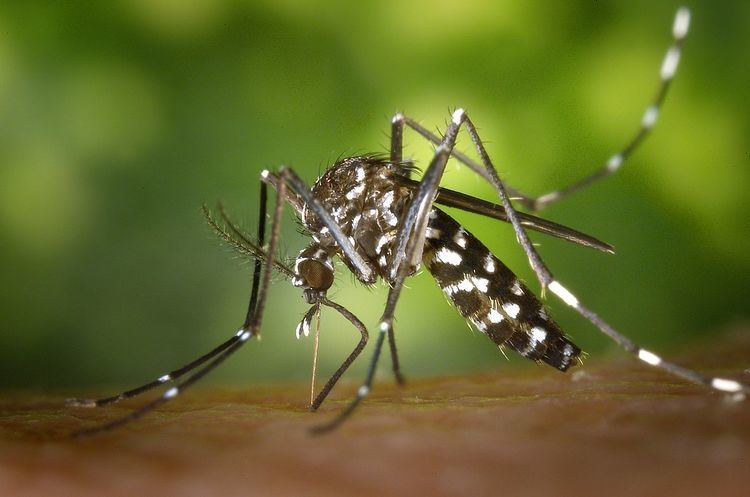 | ||
The discipline of medical entomology, or public health entomology, and also veterinary entomology is focused upon insects and arthropods that impact human health. Veterinary entomology is included in this category, because many animal diseases can "jump species" and become a human health threat, for example, bovine encephalitis. Medical entomology also includes scientific research on the behavior, ecology, and epidemiology of arthropod disease vectors, and involves a tremendous outreach to the public, including local and state officials and other stake holders in the interest of public safety, finally in current situation related to one health approach mostly health policy makers recommends to widely applicability of medical entomology for disease control efficient and best fit on achieving development goal and to tackle the newly budding zoonotic diseases. Thoughtful to have and acquaint with best practice of Med. Entomologist to tackle the animal and public health issues together with controlling arthropods born diseases by having Medical Entomologists’ the right hand for bringing the healthy world [Yon w].
Contents
- Insects of medical importance
- Personal Pests
- The Housefly
- The Cockroach
- Biting insects
- Major insect born disease
- References
Medical Entomologists are employed by private and public universities, private industries, and federal, state, and local government agencies, including all three branches of the US military - who hire medical entomologists to protect the troops from infectious diseases that can be transmitted by arthropods. Historically, during wars, more people have died due to insect-transmitted diseases, than to all the battle injuries combined.
Medical entomologists are also hired by chemical companies - to help develop new pesticides which will effectively decrease insect pest populations while simultaneously protecting the health of the public.
Public health entomology has seen a huge surge in interest since 2005, due to the resurgence of the bed bug, Cimex lectularius.
Insects of medical importance
Medical entomologists work in the public health arena, dealing with insects (and other arthropods) that parasitize people, bite, sting, and/or vector disease.
Personal Pests
Some personal pests of may vector pathogens:Lice, Fleas, Bedbugs, Ticks, Scabies mites
The Housefly
The housefly is a very common and cosmopolitan species which transmits diseases to man. The organisms of both amoebic and bacillary dysenteries are picked up by flies from the faeces of infected people and transferred to clean food either on the fly's hairs or by the fly vomiting during feeding. Typhoid germs may be deposited on food with the fly's faeces. The house fly cause the spread of yaws germs by carrying them from a yaws ulcer to an ordinary sore. Houseflies also transmit poliomyelitis by carrying the virus from infected faeces to food or drink. Cholera and hepatitis are sometimes fly-borne. Other diseases carried by houseflies are Salmonella, tuberculosis, anthrax, and some forms of ophthalmia. They carry over 100 pathogens and transmit some parasitic worms. The flies in poorer and lower-hygiene areas usually carry more pathogens. Some strains have become immune to most common insecticides.
The Cockroach
Cockroaches carry disease-causing organisms (typically gastroenteritis) as they forage. Cockroach excrement and cast skins also contain a number of allergens causing responses such as, watery eyes,skin rashes, congestion of nasal passages and asthma.
Biting insects
Mosquitoes, Biting Midges, Sandflies, Black flies, Horse Flies, Stable flies.
Pathogen infection transmitted by insect or other arthropod vectors.
Diseases carried by insects and other arthropod vectors affect more than 700 million people every year, and are considered the most sensitive to climatic and environment conditions.(WHO)
Major insect-born disease
Minor
